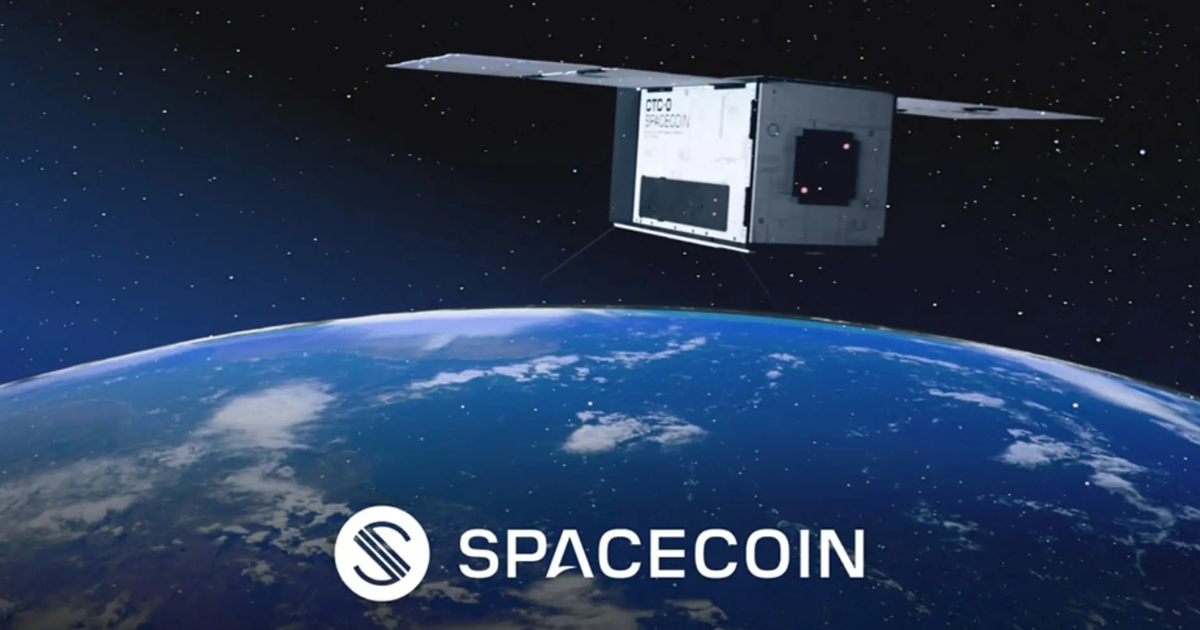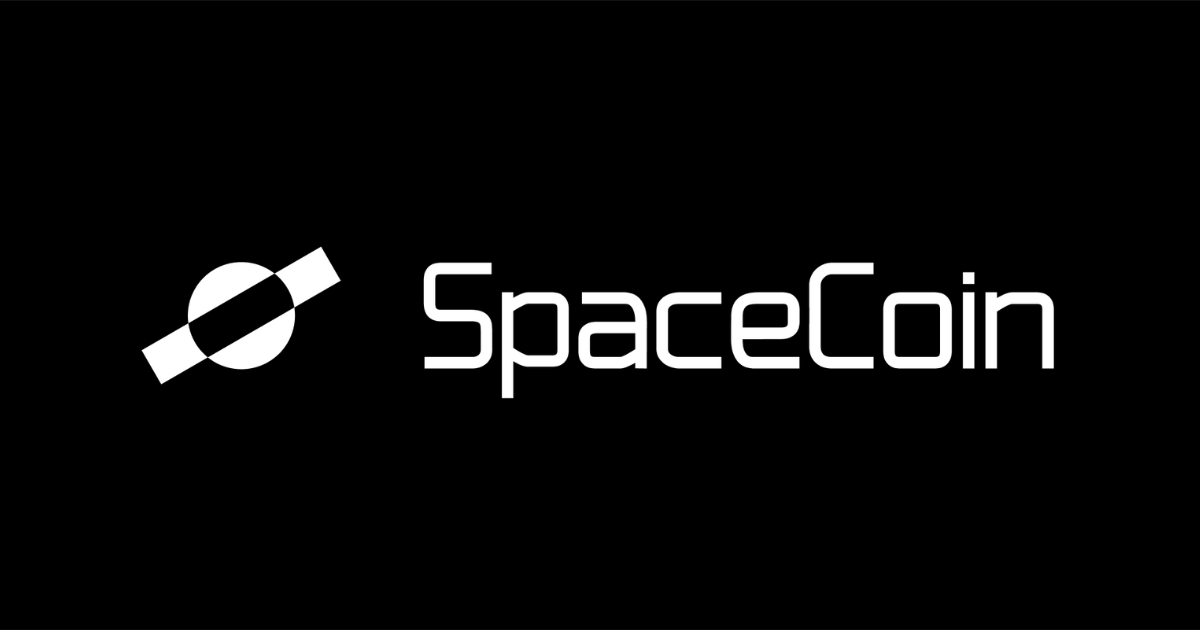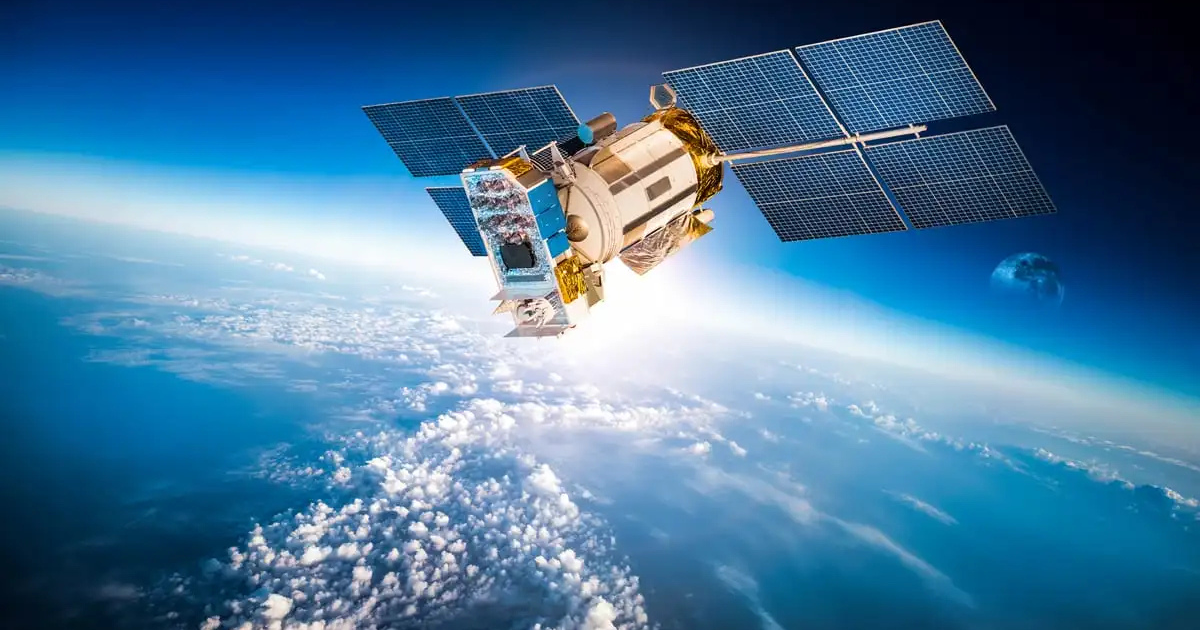The Spacecoin XYZ launches their first satellite, and it opens the doors for the future of blockchain in space. What could this groundbreaking achievement mean for a decentralized infrastructure network in orbit?
Key-Takeaways:
- The first spacecoin XYZ satellite launch marks the start of creating a decentralized space infrastructure with a two-layer blockchain for additional security.
- The goal is to turn space commerce on its head, launching data centres in space, storing blockchain backups, a celestial services marketplace, and a growing fleet of satellites.
Revolutionary Two-Tier Architecture
 On December 21, 2022, at 3:34 AM local time in California, Spacecoin XYZ has successfully launched its first satellite. It brings on a new cycle in the integration of blockchain technology with space exploration.
On December 21, 2022, at 3:34 AM local time in California, Spacecoin XYZ has successfully launched its first satellite. It brings on a new cycle in the integration of blockchain technology with space exploration.
It represents the first step towards building a decentralized physical infrastructure network (DePIN) in space. This is a project filled with ambition in order to reimagine the relationship between blockchain and space.
In the context of the project, an innovative two-layer blockchain architecture separates space-based and terrestrial operations. The “Celestial Chain,” which will be the layer, will operate exclusively in outer space.
On Earth, a second so-called “Uncelestial” network will run, offering additional infrastructure for terrestrial affairs. The safety and resilience from disruptions on Earth are strengthened by this design.
The technical components are presenting sophisticated engineering as Spacecoin XYZ launches their first satellite. Two “crypto engines,” the size of desktop hard drives, and a data module comparable in size to a MacBook are aboard the satellite.
Based in the satellite’s main infrastructure, called the “bus,” these components are powered by solar panels once the satellite is in orbit. The satellite operates efficiently in space due to this innovative design.
Bold plans for expansion also encompass additional satellites in the constellation of between 7 and 10 satellites planned for 2025. This will greatly improve the capacity of the satellite network.
University of California Santa Barbara Spacecoin adviser Professor Dahlia Malkhi says the infrastructure has multiple roles. It will build backup systems for blockchain networks as well as create a marketplace for celestial services.
With blockchain infrastructure deployed in space, it’s impossible to defeat. With the satellite-based hardware, tamper proof operations, far exceeding traditional terrestrial security standards are being carried out, project leaders say.
When deployed, the hardware functions autonomously, even from the project team, ensuring full operational integrity and trust. With the above design, it has maximized security for space-based blockchain systems.
The Applications’ Impact on the Future
 Spacecoin XYZ launches their first satellite with a plan to change the way business is done in space and encryption. The satellite will be a fundamental piece of developing a secure, decentralized medium for celestial services.
Spacecoin XYZ launches their first satellite with a plan to change the way business is done in space and encryption. The satellite will be a fundamental piece of developing a secure, decentralized medium for celestial services.
Space-based data centers with added security protocols will be part of the network. It will also offer decentralized backup systems for existing blockchain networks for greater reliability.
The project also aspires to create a space-related commercial services marketplace. It will allow businesses to also tap into the growing space economy opportunities.
Then, eventually, Spacecoin will have created infrastructure to support space economy initiatives. If all goes to plan, this will open the way for a new era in space technology and services.
The deployment is seen as the launch point of a new era for blockchain and space exploration. This is a turning point for the industry.
However, if leaders support Spacecoin XYZ and there’s a clear roadmap to successfully implement, Spacecoin XYZ’s network can shake up data security, operations, and space commerce in grand style. This may change the future for both fields.
The undertaking is notable too for functionality outside of Earth’s systems. This is a major layer of redundancy for blockchain operations.
Consider it to be critical infrastructure by maintaining network integrity during terrestrial disruptions. In fact, it could be important in future decentralized systems.
Co-founder of Spacecoin XYZ Daniel Bar says he sees the project as setting the groundwork for future space-based commercial activity. An expanding commercial space sector could support the processing of transactions and the secure operation of the network in orbit.
Professor Malkhi says the network could outlive terrestrial systems. According to her, the Celestial Chain might keep an unchaged, forever record of what we do beyond our planet.
This highlights the importance of building blockchain infrastructure in space and the significance of such, allowing for the creation of a network of connected ecosystems. Such technology can forever literally change humanity’s future.
Conclusion
Drawing on the foundational scalability inherent in blockchain technology, Spacecoin XYZ launches their first satellite to expand the uses of blockchain technology beyond Earth.
What will be the effect on decentralized systems as Spacecoin XYZ launches their first satellite? Let us know what you think.











